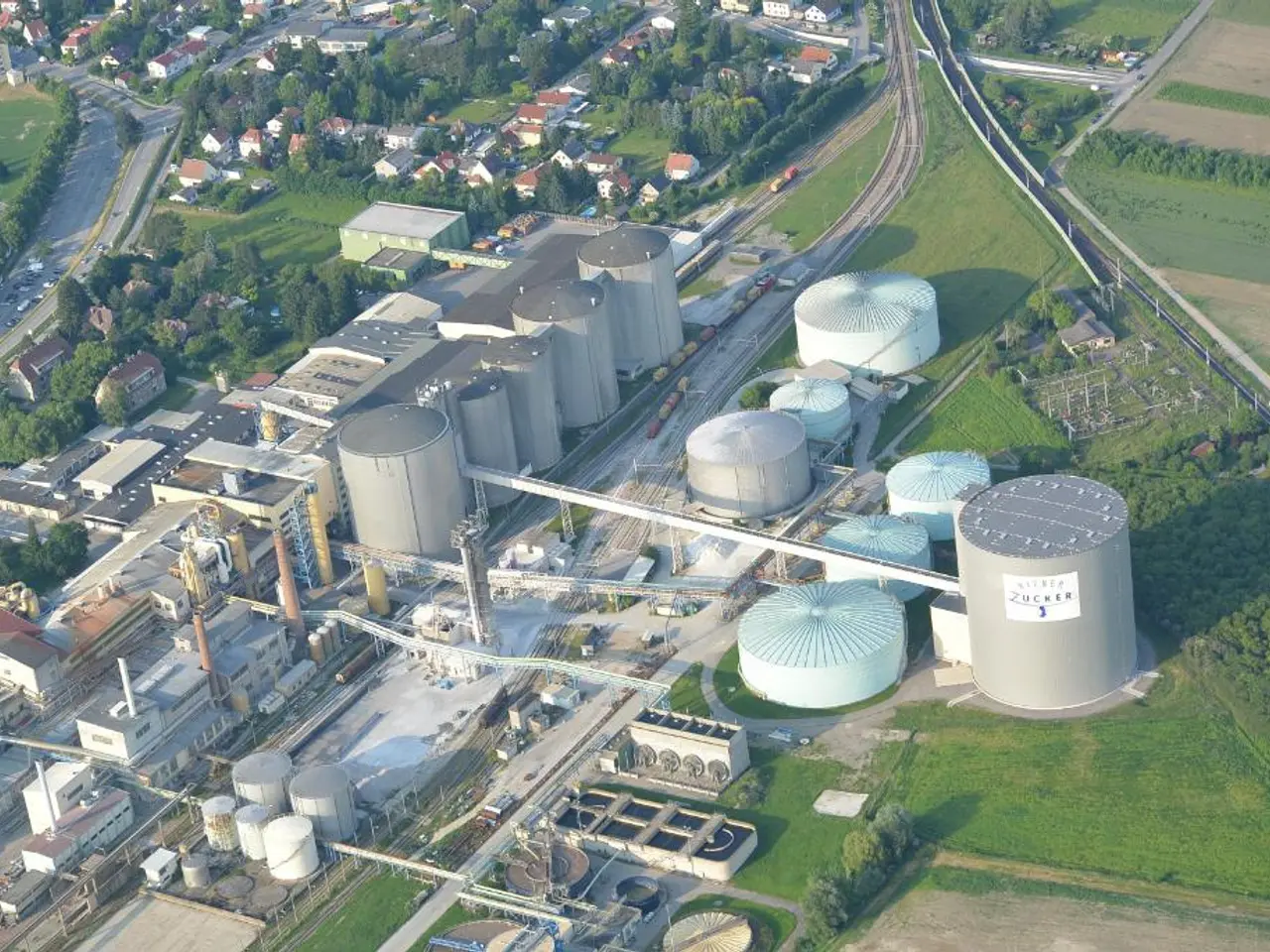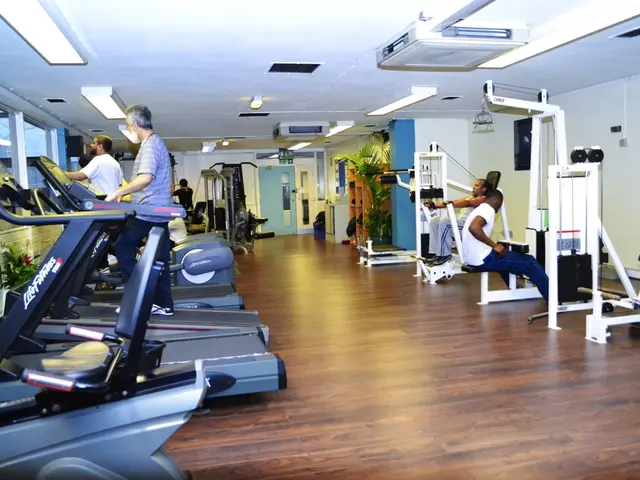Transforming Urban Roadways for Community Wellness
Redesigning Highways for Healthier Communities: A Focus on Equity and Sustainability
In a move to address the disproportionate exposure to automobile pollution and environmental hazards faced by nearby communities due to highway construction, ongoing efforts are being made to redesign and reconnect communities divided by aging highways. These initiatives, prominently focusing on land use solutions and improving community health, aim to repair the physical and social damage caused by these infrastructures.
One key strategy involves the Community Connectors program, a grant program supported by the Robert Wood Johnson Foundation, Smart Growth America in collaboration with Equitable Cities, the New Urban Mobility Alliance, and America Walks. This program supports small to mid-sized cities in locally driven projects aimed at reconnecting neighborhoods separated or harmed by highways and other transportation infrastructure. The program provides capacity-building grants for community co-design and infrastructure repair, including creating safe, accessible multimodal transportation options and land use changes that restore neighborhood connections.
Another notable initiative is the Urban parks and public spaces as tools for healing and uniting divided communities. Transforming blighted or underused land near highways into vibrant parks provides civic sanctuaries that encourage social mixing across economic and cultural divides. Such parks also support physical activity and mental health, making them crucial for community health impacts. Anti-displacement measures and local green job creation are integral parts of these park-centered efforts to ensure inclusive benefits.
Landscape architecture and sustainable transportation initiatives are also addressing community division by creating multimodal corridors that prioritize pedestrian and cyclist safety. For example, projects in Washington DC have added protected bike lanes and plazas that connect separated neighborhoods, improve road safety, and enhance access to green space and biodiversity, all of which contribute to physical health and social cohesion.
Community planning updates with a focus on active transportation and climate resilience are complementary to these efforts. Cities updating general plans, such as Davis, CA, emphasize improving bike infrastructure, protecting parks and open spaces, and addressing climate change impacts that disproportionately affect vulnerable populations. This integrated approach considers long-term community health and environmental sustainability alongside infrastructural repair.
The U.S. Department of Transportation has begun to support these efforts through the Reconnecting Communities Pilot grant program, which advances community-centered transportation connection projects, with a priority for projects that benefit disadvantaged communities. In Albany, New York, the Albany Riverfront Collaborative engaged communities and expanded civic partnerships to explore equitable development strategies to reconnect neighborhoods to the Hudson Riverfront along the I-787 corridor. The EPA's Rethinking Highways for Healthy Communities program engaged with two communities in 2024, Albany, New York, and Spokane, Washington, both recommended by the Community Connectors team.
Together, these initiatives reflect a growing recognition that reconnecting communities divided by outdated highway infrastructure requires holistic approaches combining land use planning, transportation redesign, green space creation, and equity-driven community engagement. The aim is not only restoring physical connectivity but also promoting social interaction, public health, and climate resilience.
- The initiatives focus on land use solutions and improving community health to repair the physical and social damage caused by highways, particularly addressing air pollution that affects local residents.
- Urban parks and public spaces, created on blighted or underused land near highways, aim to support community health by encouraging social mixing, physical activity, and mental health, while also addressing environmental concerns like biodiversity.
- Sustainable transportation initiatives prioritize pedestrian and cyclist safety, adding protected bike lanes and plazas that connect separated neighborhoods, improve road safety, and reduce the carbon footprint associated with automobile pollution.
- Financial support from programs like the Reconnecting Communities Pilot grant program and the Community Connectors program help cities address climate change impacts, create green spaces, improve bike infrastructure, and engage with disadvantaged communities for equitable development strategies.
- The environmental science field, along with the health-and-wellness and fitness-and-exercise industries, will play a crucial role in evaluating the long-term effects of these initiatives on community health, social cohesion, and environmental sustainability.




